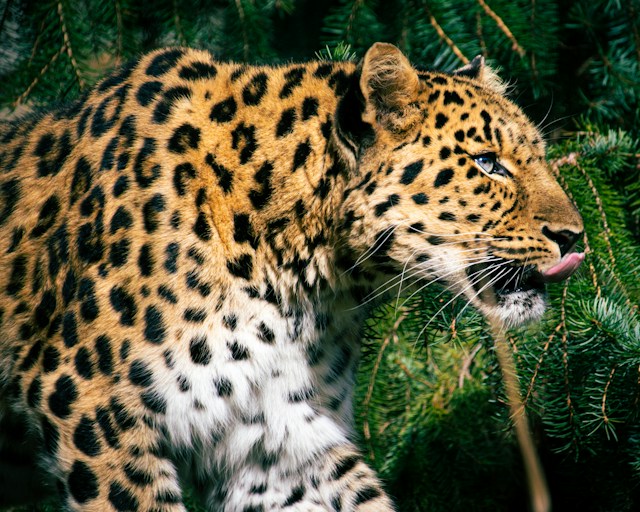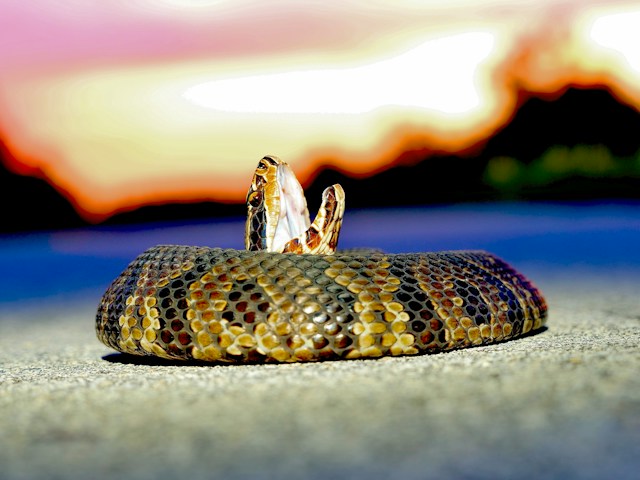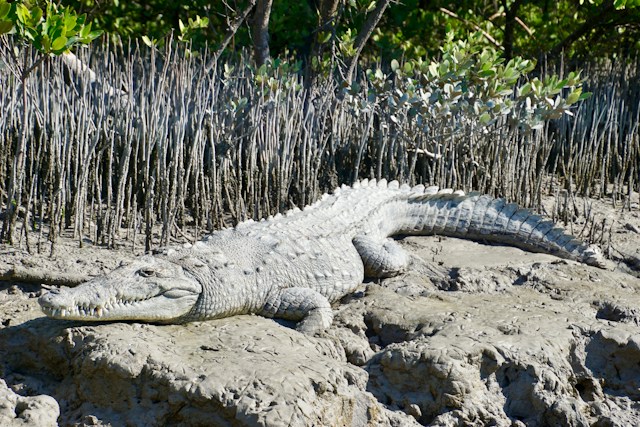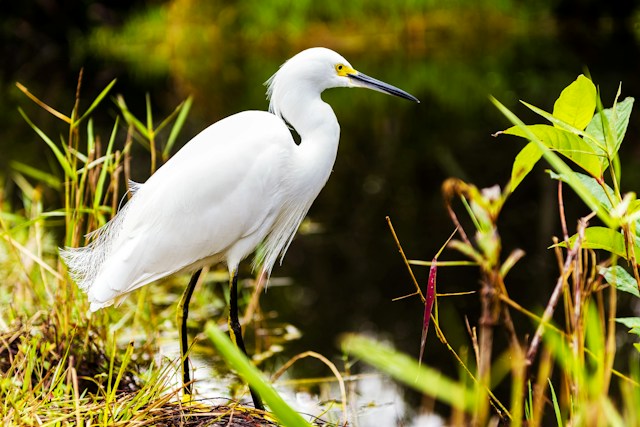Introduction:
Nestled at the southern tip of Florida, Everglades National Park stands as a testament to the resilience of nature in the face of urbanization. Spanning 1.5 million acres of wetlands, mangroves, and sawgrass prairies, the park is not only a UNESCO World Heritage Site but also a UNESCO International Biosphere Reserve. Its unique ecosystem, shaped by the flow of water, supports an incredible array of wildlife. In this exploration, we dive into the vibrant tapestry of Everglades’ biodiversity, unveiling the captivating stories of the creatures that call this wilderness home.
Alligators and Crocodiles: Guardians of the Wetlands:
Everglades as a Haven: The slow-moving waters and marshy landscapes of Everglades National Park create an ideal habitat for alligators and American crocodiles. Both species are crucial to the park’s ecosystem, playing a vital role in maintaining the balance of predator-prey relationships.
Alligators: Alligators, with their broad snouts and dark, rugged armor, are a common sight in the park. These apex predators regulate the populations of various species, preventing overgrazing of vegetation by herbivores.
American Crocodiles: The American crocodile, a more elusive and endangered species, finds refuge in the coastal areas of the park. Their presence highlights the delicate balance between conservation efforts and the natural order of the Everglades.

Manatees: Gentle Giants of the Waterways:
Submerged Wonders: The estuarine environments and warm waters of Everglades National Park provide sanctuary for the gentle giants of the sea, the West Indian manatees. These herbivorous marine mammals navigate the park’s waterways, seeking refuge in the mangroves and seagrass beds.
Conservation Challenges: Despite their serene presence, manatees face threats from boat collisions and habitat degradation. Conservation initiatives within the park focus on preserving their habitats and raising awareness to ensure the survival of these iconic marine mammals.

Panthers: The Elusive Guardians of the Forests:
Endangered Beauty: The Florida panther, an endangered subspecies of the cougar, roams the hardwood hammocks and pinelands of Everglades National Park. With striking features and a solitary nature, these panthers are a symbol of the park’s commitment to wildlife preservation.
Conservation Efforts: Efforts to protect the Florida panther include habitat restoration, wildlife corridors, and monitoring programs. The panther’s presence in the Everglades signifies the delicate balance between apex predators and their ecological impact.

Birds of Everglades: A Symphony in the Skies:
Biodiversity Hotspot: Everglades National Park is a paradise for bird enthusiasts, boasting over 360 species of birds. From wading birds to raptors, the park’s diverse habitats offer breeding grounds, feeding areas, and nesting sites for a myriad of avian species.
Roseate Spoonbills: The vibrant pink plumage of roseate spoonbills adds a touch of color to the park’s wetlands. These striking birds use their uniquely shaped bills to sweep through shallow waters, foraging for small fish and crustaceans.
Anhingas and Cormorants: Anhingas, often referred to as “snakebirds” for their long necks, and cormorants, with their distinctive diving behavior, thrive in the park’s waterways. Their presence illustrates the interconnectedness of Everglades’ ecosystems.
Audubon’s Everglades Conservation Programs: The National Audubon Society plays a crucial role in the conservation of avian species within the park. Their initiatives focus on habitat preservation, research, and community engagement to ensure the survival of Everglades’ diverse birdlife.

Snakes and Reptiles: Masters of Adaptation:
Burmese Pythons: The invasive Burmese python, a species introduced to the region, poses a significant threat to the Everglades’ native wildlife. With no natural predators, these constrictors have disrupted the delicate balance of the park’s ecosystem, leading to conservation challenges.
American Alligators as Apex Predators: The American alligator, although a native species, faces challenges from the invasive python population. Alligators, as apex predators, play a crucial role in controlling the python population, showcasing the complex web of interactions within the park.

Butterflies and Insects: Nature’s Tiny Wonders:
Zebra Longwing Butterfly: The Zebra Longwing butterfly, Florida’s state butterfly, is a common sight in the park. These delicate insects flutter through the air, contributing to the rich biodiversity of Everglades’ ecosystems.
Role in Pollination: Butterflies and other insects within the park play a vital role in pollination, facilitating the reproduction of flowering plants. This interconnected web of life underscores the importance of preserving even the smallest inhabitants of Everglades National Park.

Mangrove Ecosystem: Nurturing Life at the Water’s Edge:
Vital Coastal Guardians: The mangrove forests that fringe the coastal areas of Everglades National Park are critical for supporting diverse marine life. Red mangroves, black mangroves, and white mangroves create a buffer between land and sea, offering shelter, breeding grounds, and nursery habitats.
Nesting Grounds for Birds: Mangrove islands serve as vital nesting grounds for numerous bird species, including herons, egrets, and spoonbills. The intertwined roots of mangroves provide a safe haven for bird rookeries, contributing to the park’s rich avian diversity.
Threats to Mangroves: Rising sea levels and human activities pose threats to the health of mangrove ecosystems. Conservation efforts aim to mitigate these challenges and protect the vital role mangroves play in preserving Everglades’ biodiversity.

Conclusion:
Everglades National Park stands as a living testament to the intricate dance of life within its boundaries. From the stealthy alligators lurking in the marshes to the graceful manatees gliding through the waterways, each creature plays a unique role in the delicate web of ecosystems that define this wilderness. As conservation efforts persist and environmental challenges arise, the Everglades remains a symbol of hope—a testament to the resilience of nature when nurtured and protected. Through continued awareness, research, and advocacy, we can ensure that this captivating wilderness endures, offering future generations the opportunity to witness the symphony of life that echoes through Everglades National Park.

